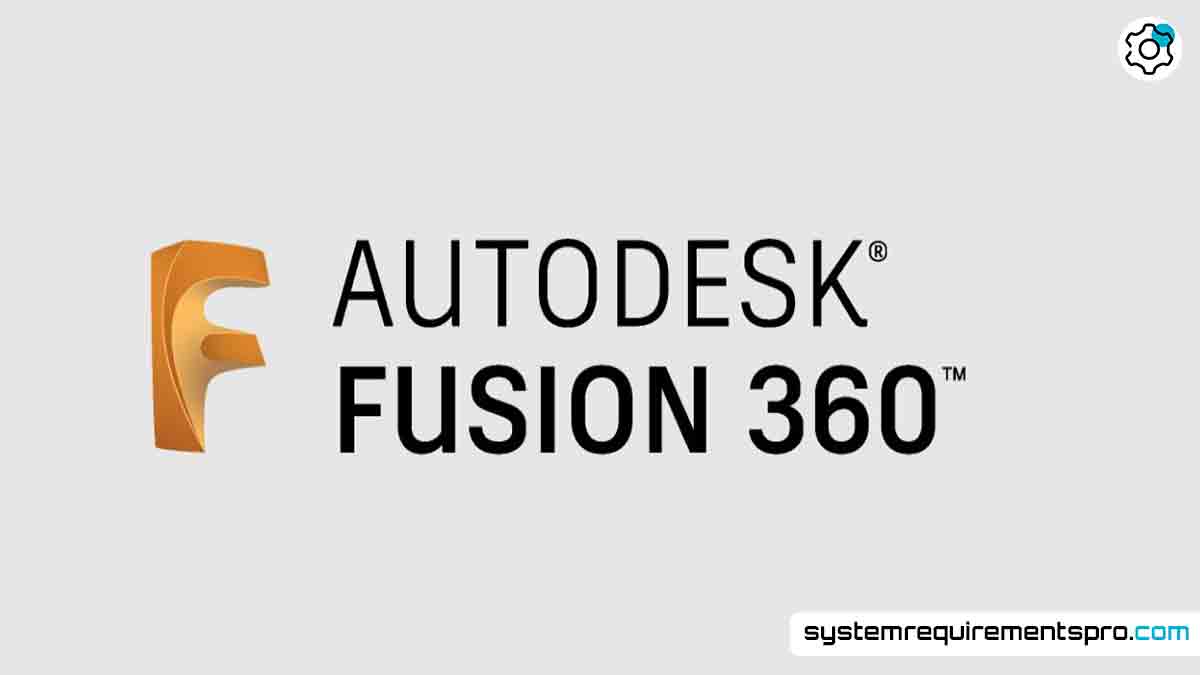Within CAD, CAM, and CAE tools, Autodesk Fusion has become a powerhouse for engineers, designers, and manufacturers. Your hardware must, however, meet the Autodesk Fusion system requirements to utilise it to the fullest extent possible. Even the most sophisticated tools can seem slow or useless without the proper configuration. This guide compares the minimum and recommended specifications, analyses their variations, and provides useful advice to maximise performance, ensuring that your workflow stays seamless and effective.
Autodesk Fusion Minimum System Requirements
Make sure your system satisfies the baseline hardware and software requirements before starting Autodesk Fusion. Despite the possibility of performance limitations for complex projects, these requirements guarantee that the software runs.
Minimum Requirements
- Operating System: Windows 10 (64-bit) or macOS Monterey 12.0 and newer.
- Processor: 64-bit CPU with 4 cores (2.5 GHz or faster).
- RAM: 8 GB of memory.
- Graphics Card: Integrated GPU with 2 GB VRAM (DirectX 11 or Metal support).
- Storage: 5 GB of free disk space (SSD recommended for faster load times).
- Display: 1366×768 screen resolution with True Color.
Although these specs provide basic capability, jobs involving 3D rendering or simulations could tax your system. These settings will help users working on simple designs or small-scale projects manage; professionals will need more reliable hardware.
Autodesk Fusion Recommended System Requirements
The recommended specifications provide a better experience for flawless performance, especially with large assemblies, simulations, or generative design.
Recommended Requirements
- Operating System: Windows 11 (64-bit) or macOS Ventura 13.0 and newer.
- Processor: 8-core CPU (3.5 GHz or faster) with multi-threading support.
- RAM: 32 GB of memory.
- Graphics Card: Dedicated GPU with 8 GB VRAM (NVIDIA RTX 3070 or AMD Radeon RX 6800).
- Storage: 10 GB of free space on an NVMe SSD.
- Display: 3840×2160 (4K) resolution with 100% sRGB color accuracy.
While lots of RAM manages difficult simulations, a high-end GPU speeds rendering and real-time visualisation. Professionals using cloud collaboration, CAM tools, or photorealistic renders will find the greatest value in these specs.
Autodesk Fusion System Requirements PC: Minimum vs Recommended
Choosing between minimum and recommended specs depends on your use case. Here’s a quick comparison:
| Category | Minimum Requirements | Recommended Requirements |
|---|---|---|
| Operating System Requirements | Windows 10 / macOS Monterey | Windows 11 / macOS Ventura |
| Processor Requirements | 4-core, 2.5 GHz | 8-core, 3.5 GHz with multi-threading |
| RAM Requirements | 8 GB | 32 GB |
| Graphics Card Requirements | Integrated GPU, 2 GB VRAM | Dedicated GPU, 8 GB VRAM |
| Storage Requirements | 5 GB HDD/SSD | 10 GB NVMe SSD |
| Display Requirements | 1366×768 | 3840×2160 (4K) |
Key Takeaways:
- Minimum specs are enough for basic modeling and 2D drafting.
- Recommended specs are for advanced workflows like simulation, rendering, or additive manufacturing.
- Upgrading to an SSD and a dedicated GPU makes a big difference in load times and visual performance.
Optimization Tips for Autodesk Fusion Software
Even if your system meets the recommended requirements, these tips can help:
- Close Background Applications: Free up RAM by closing unused apps like web browsers or video editors.
- Update Drivers: Make sure your GPU and CPU drivers are up to date for compatibility and a performance boost.
- Adjust Graphics Settings: Lower anti-aliasing or shadow quality in Fusion’s settings if it lags.
- Use Cloud Rendering: Offload rendering tasks to Autodesk’s cloud to reduce local hardware load.
- Manage Assembly Complexity: Simplify large assemblies by suppressing unused components or using lightweight models.
For users on older hardware, these tips can bridge the gap between minimum and recommended performance.
Conclusion
Maximising output and avoiding workflow interruptions depend on an understanding of the Autodesk Fusion system requirements. Although the minimum specs offer a basis, investing in more expensive hardware future-proofs your system and releases sophisticated capabilities. Whether your level of interest is hobbyistic or professional, matching your system with these recommendations guarantees Autodesk Fusion runs at its best.
Frequently Asked Questions
Can I run Autodesk Fusion on a laptop?
Yes, as long as it meets the minimum requirements. For heavy use, get a workstation laptop with a dedicated GPU and plenty of RAM.
Does Autodesk Fusion support Apple Silicon (M1/M2) chips?
Yes. Fusion is optimized for macOS, including Apple’s M-series processors.
Is an internet connection required?
While offline use is possible, cloud features like collaboration, rendering, and updates require the internet.
How often do system requirements change?
Autodesk updates requirements with major software releases. Check their site annually for updates.
Can I upgrade my existing PC to meet the recommended specs?
Yes. Prioritize adding RAM, switching to an SSD, and upgrading the GPU for the most noticeable gains.
We hope that you have found the answer to the system requirements for Autodesk Fusion. Follow System Requirements Pro for more such updates, and bookmark this page to get the latest updates on the system requirements for Autodesk Fusion.

